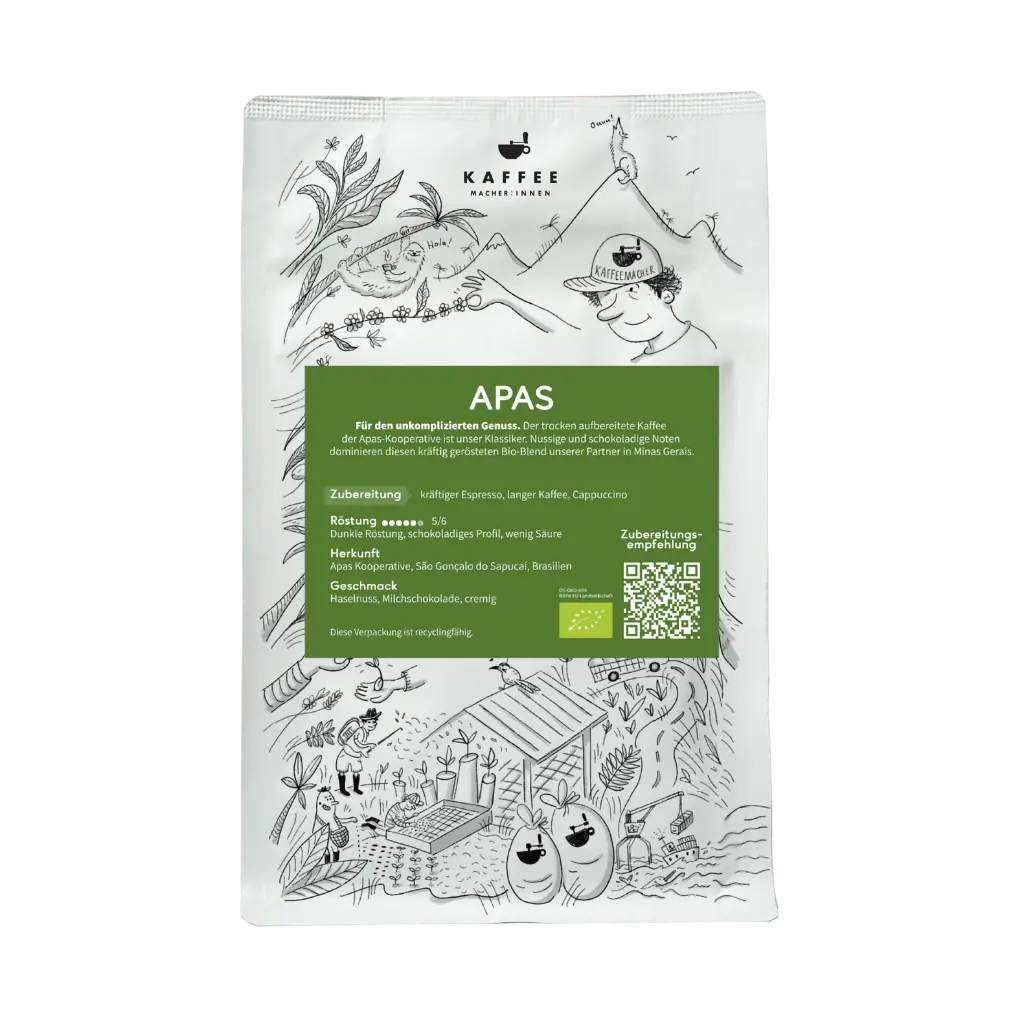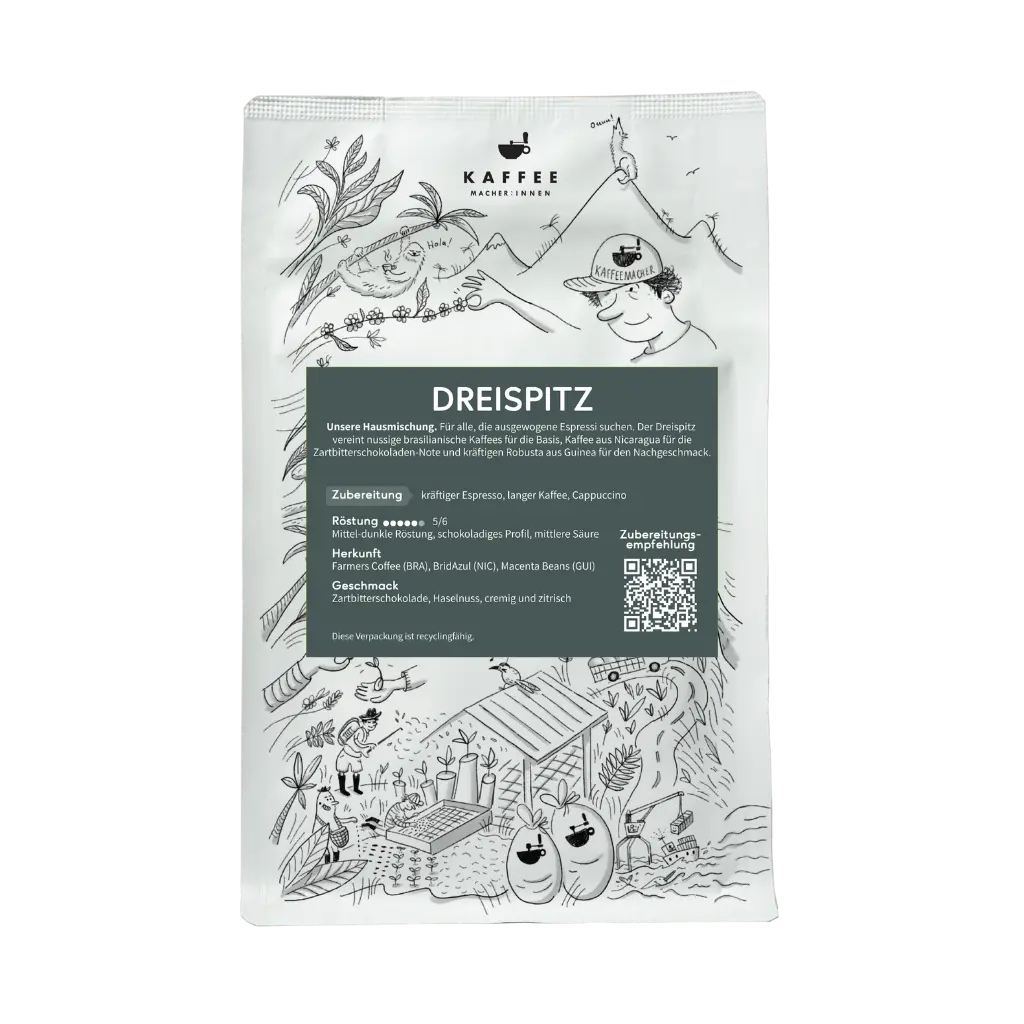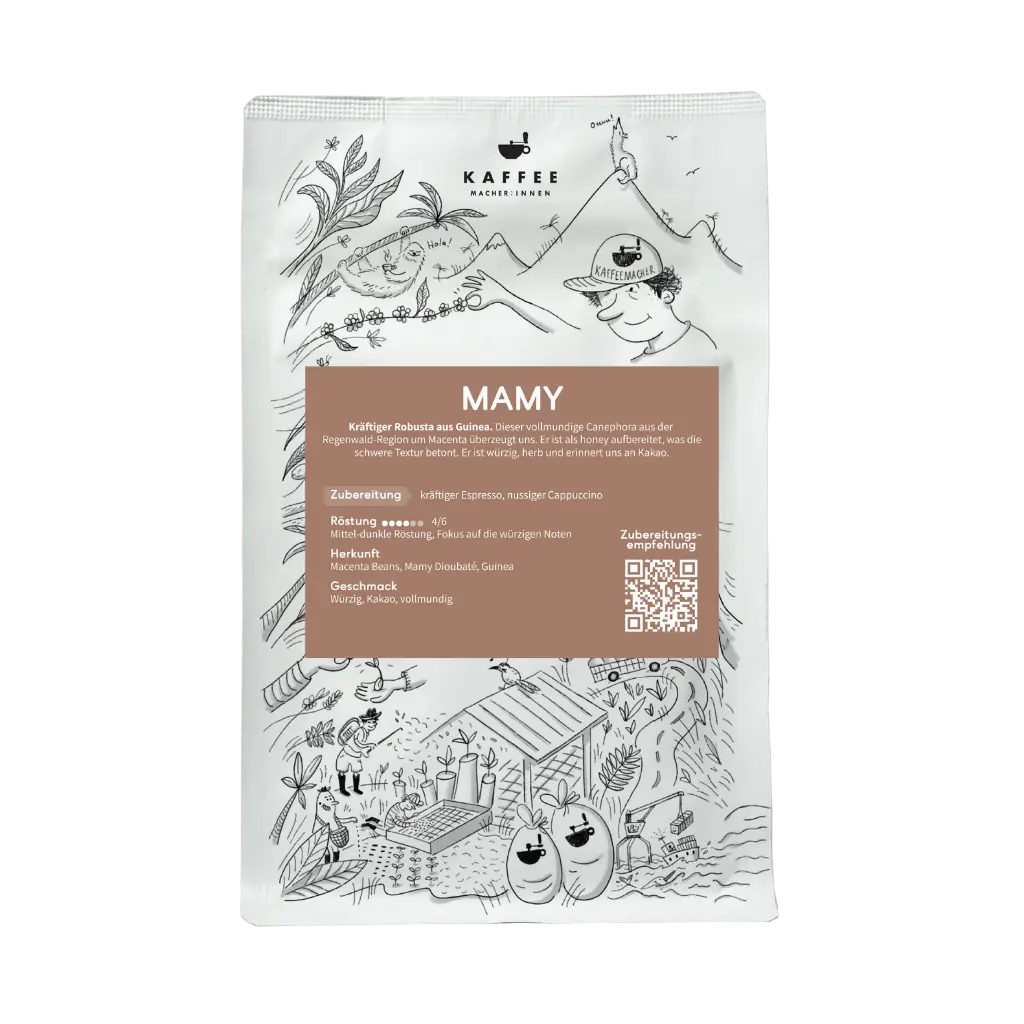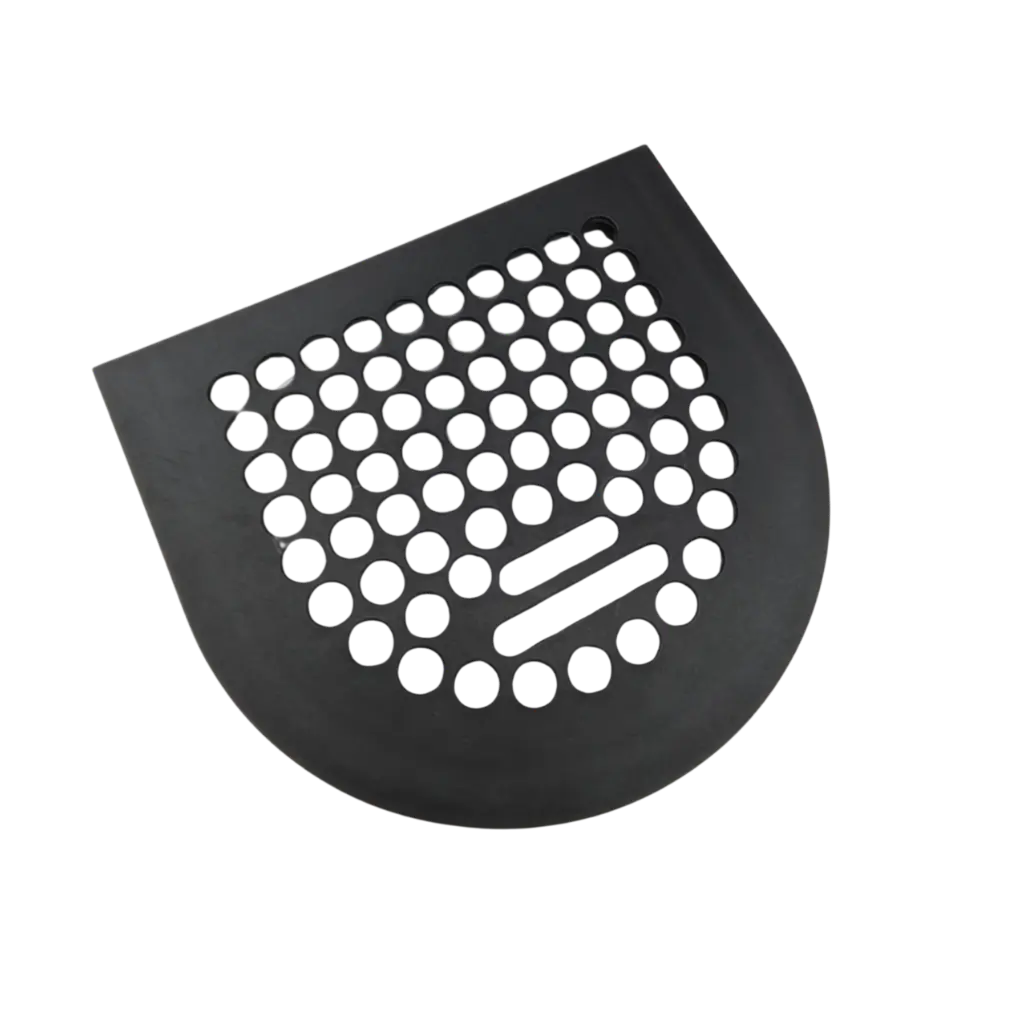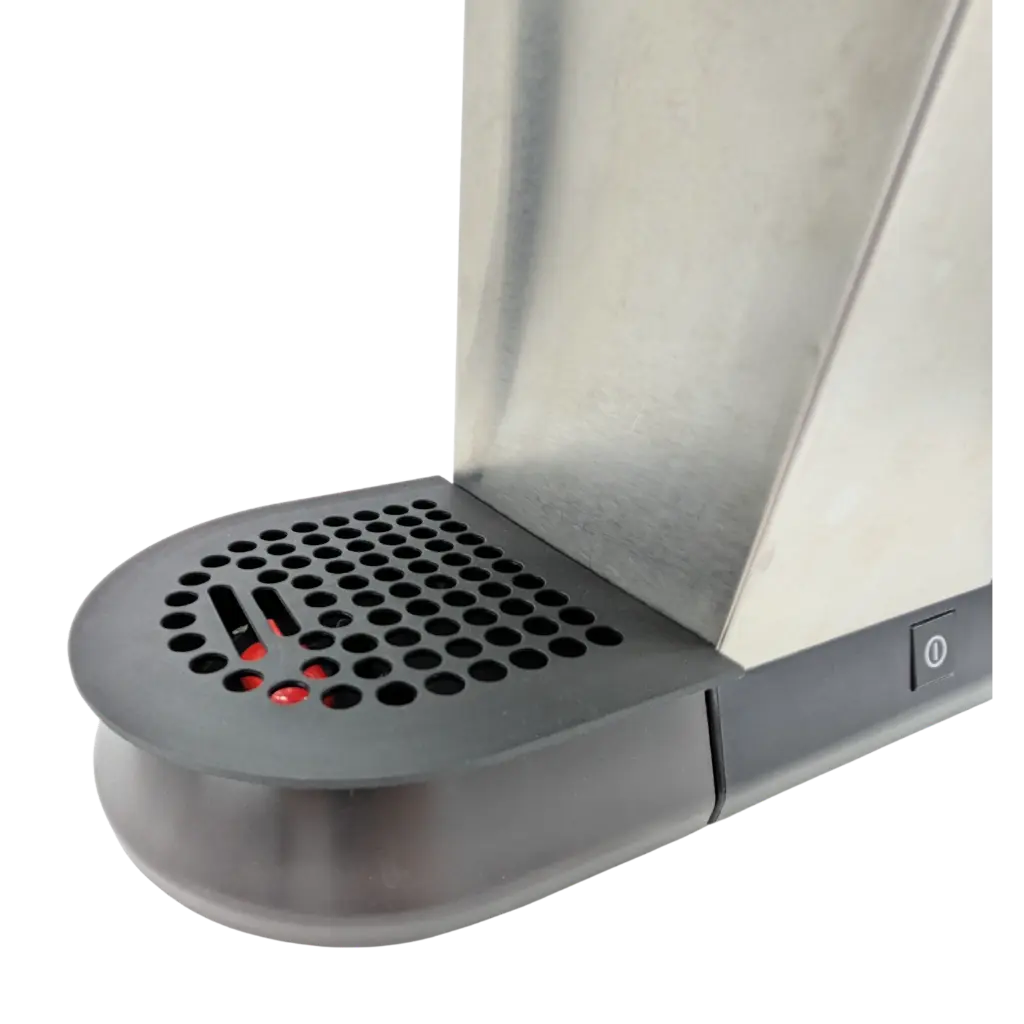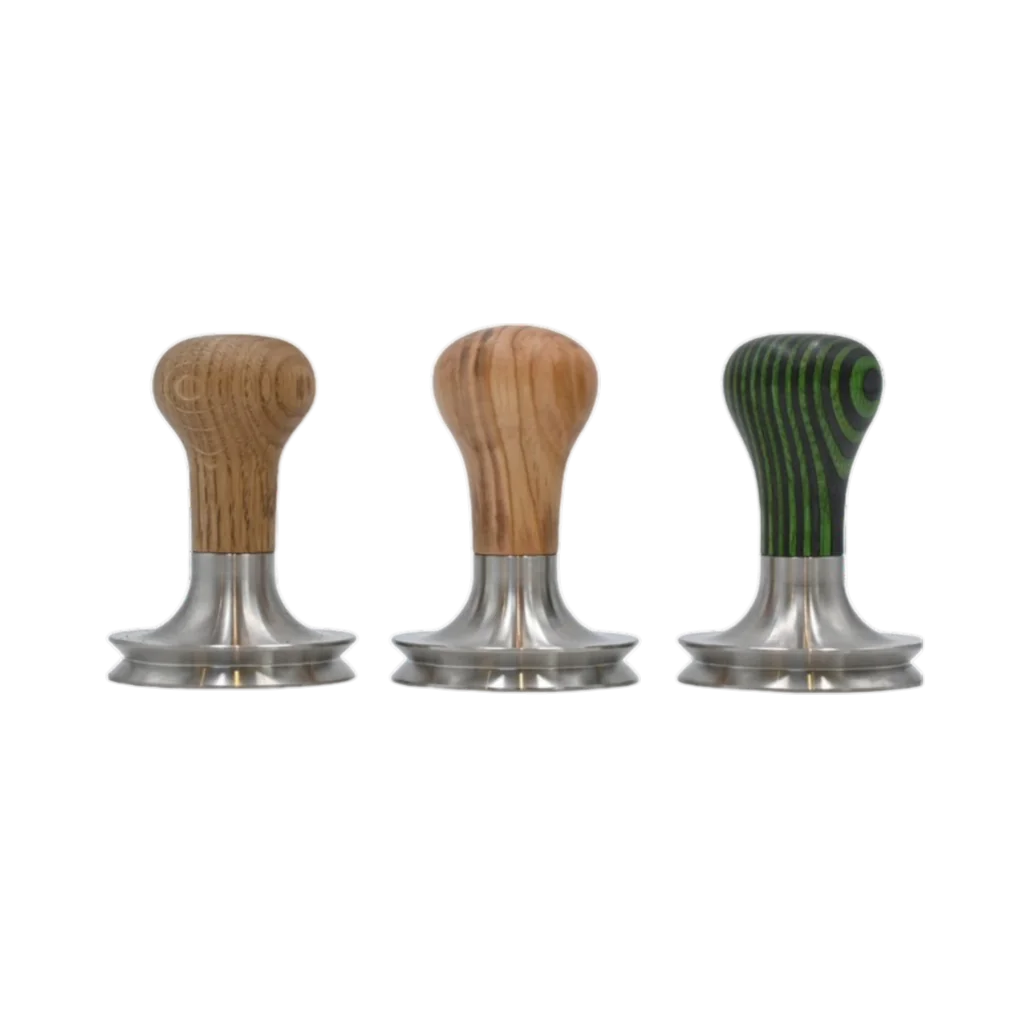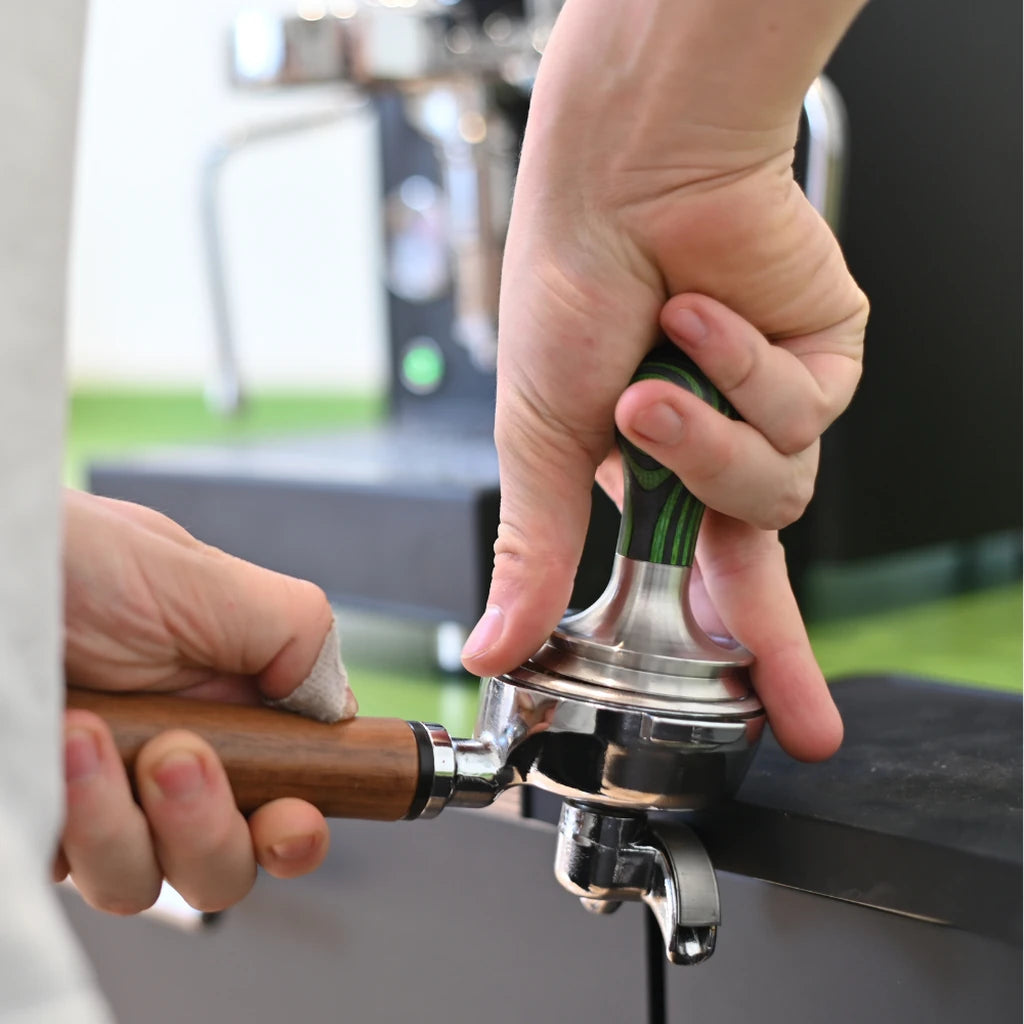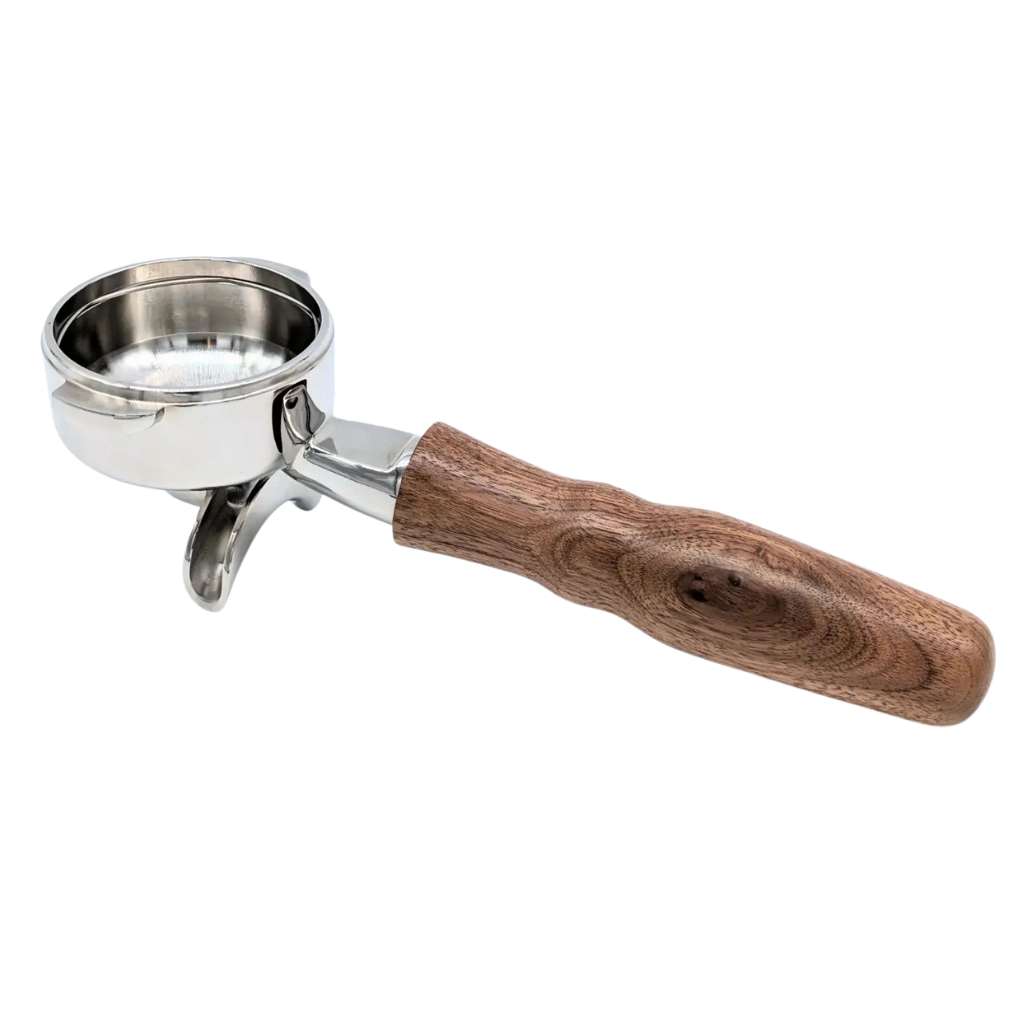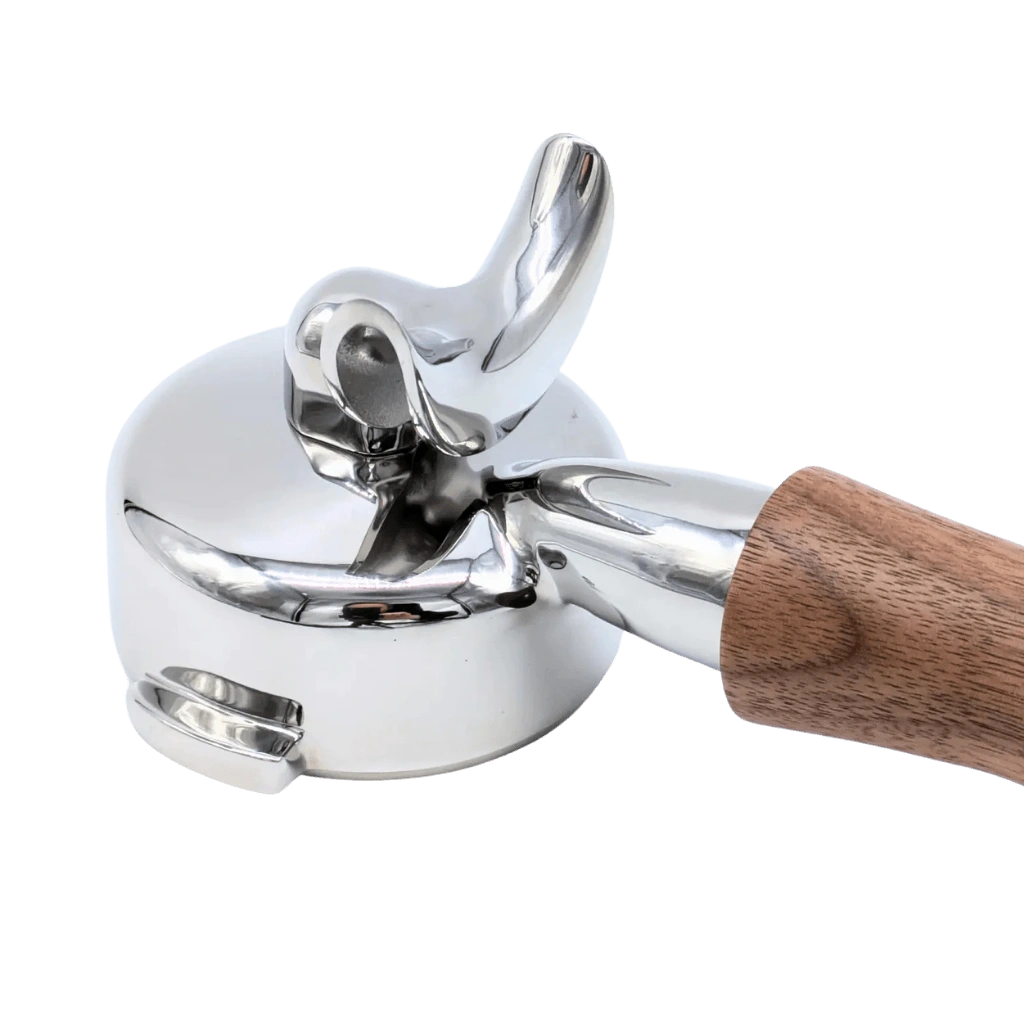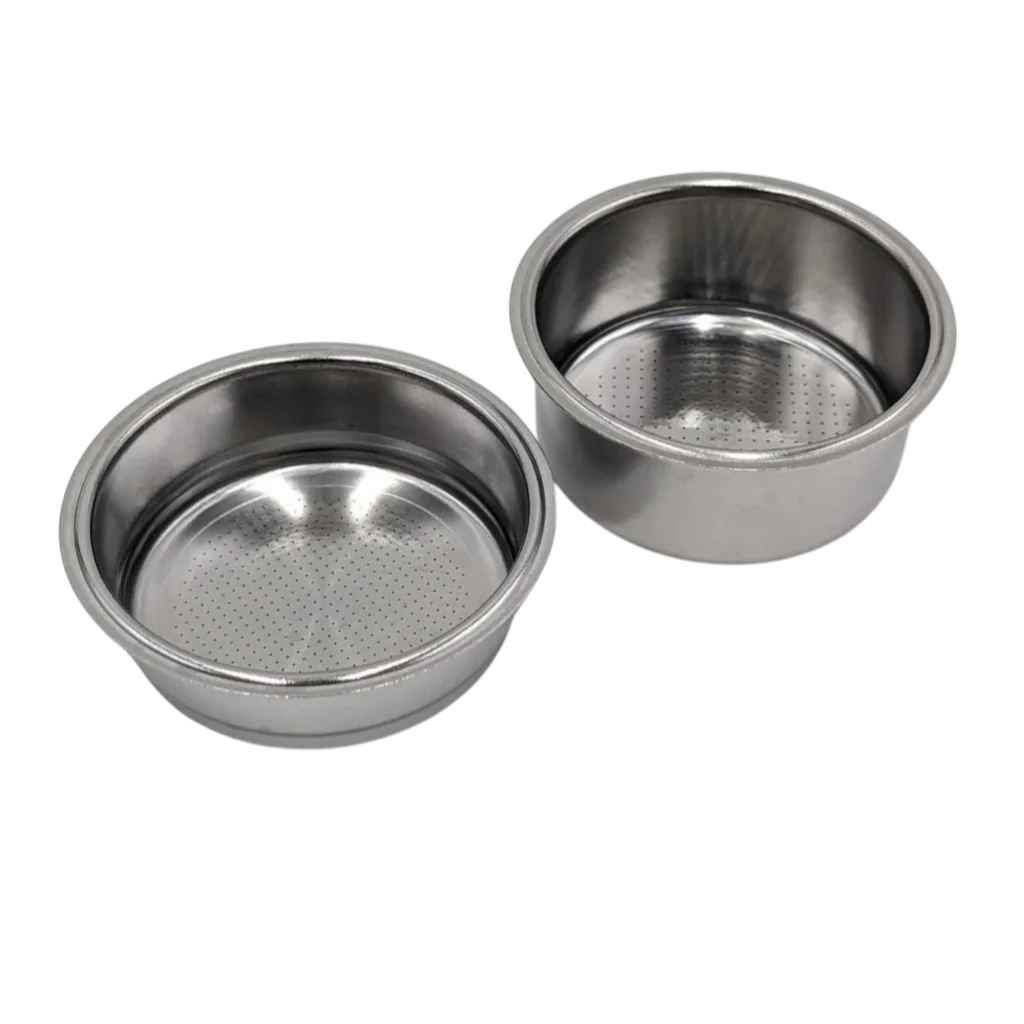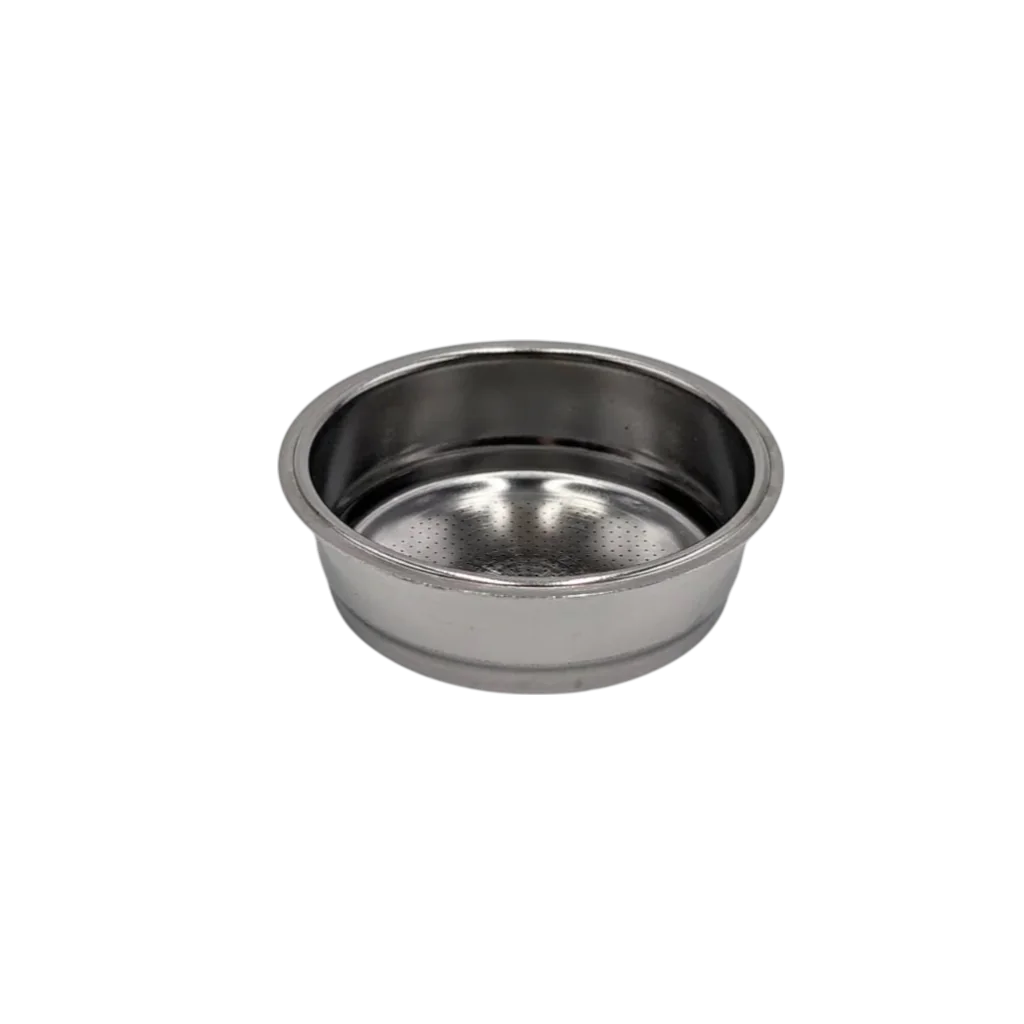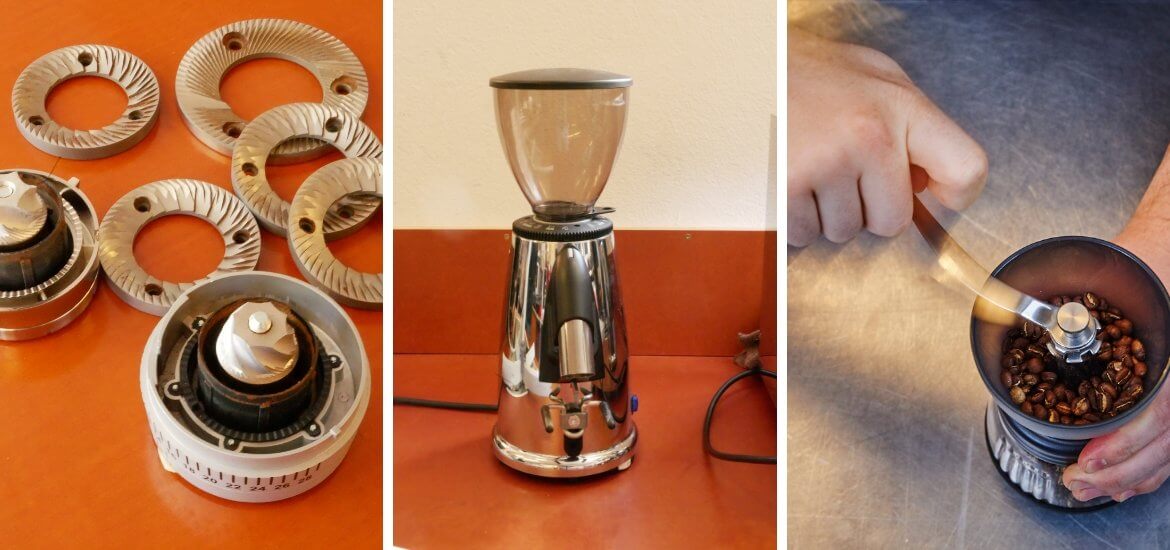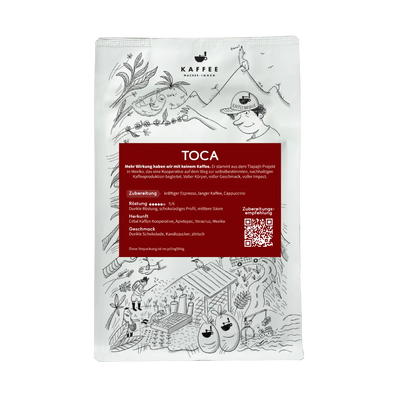A coffee grinder is at least as important for making good coffee as the espresso machine or brewing method. We therefore asked Daniel Hofstetter, a true expert, to explain the differences between espresso grinders, filter coffee grinders, and conical and flat burrs for us.
Who is this article for : Anyone who wants a solid overview of the differences and characteristics of coffee grinders. Reading time : 15 minutes. Author: Daniel Hofsetter, the author of this article, was the Swiss Filter Coffee Champion in 2017 and 2019 and finished 6th at the World Brewers Cup. He has worked as a Global Product Manager and in research for the global market leader in coffee grinders.
You can find out more about espresso grinders for home use here.
The coffee grinder: the most beautiful, ugly duckling – a relationship guide
Switzerland is the best-equipped nation in the world when it comes to home coffee equipment. However, the coffee machine (whether fully automatic or portafilter) always takes center stage. Today, attention is being paid to its successor, the coffee grinder.
Let's be honest: Have you ever been happy when the grinder focuses the exact amount of coffee grounds at the perfect grind and quickly dispenses them into the portafilter? On the other hand, every coffee fanatic has been annoyed a few times when the coffee grinder's extraction rate fluctuated and the grind wasn't quite right. A few grams of coffee from those expensive beans are quickly lost. With this article, I want to create understanding and appreciation for the spurned stars of the coffee world by taking a look under their hood and learning how to best collaborate.
 Conical grinder of the Mazzer Robur.
Conical grinder of the Mazzer Robur.
The grinder – the heart and kidneys of a coffee grinder
A coffee grinder always consists of a grinding chamber in which a movable, adjustable grinder grinds coffee beans and dispenses the resulting ground coffee through an opening for use. The grinder is operated manually or electrically, and the necessary power is applied to the moving parts of the grinder via a shaft. As technocratic as this may sound, these are almost all the key features that differentiate grinders and their strengths and weaknesses, but let's start at a time.
Type of deployment, capacity and budget
The saying "Therefore, be careful before you commit" also applies to buying a coffee grinder. If coffee lovers first clarify what the grinder needs to do, they will save themselves a lot of frustration. The following points need to be decided initially:
Which preparation method(s) should my grinder be able to handle? Should it grind coffee for espresso, café crème, filter coffee, or ibrik?
An espresso grinder can grind espresso and, if necessary, café crème. A coarser grind or the particle size distribution of filter coffee cannot be achieved with a traditional espresso grinder, just as it usually cannot achieve the finer grind for ibrik.
A shop grinder can grind everything from espresso or even ibrik to filter coffee, but is much more complicated to handle than an espresso grinder.
So, if you know from the start what you want your coffee kitchen to look like, you can narrow down your search. And while we're on the subject of thinking: be sure to plan your budget so that it doesn't just cover a dream coffee machine. Quite the opposite: the quality of your coffee will thank you if you save on the espresso machine and purchase a slightly more expensive grinder.
Simple household grinders often cannot keep up with semi-professional coffee grinders and the extraction result will be disappointing!!
How much coffee is prepared with the grinder on an average day?
Regardless of the number of people using a grinder, you need to consider how much coffee you want to brew in a given amount of time. A modern hand grinder can grind espresso and filter coffee , can be taken on trips, and costs significantly less than an electric grinder. However, if you make a lot of coffee and value convenience, a hand grinder is not recommended.
When choosing a coffee grinder for your home, café, office, restaurant, or kiosk, it's important to consider not only the absolute amount of coffee being ground, but also its distribution over time. With a coffee grinder, it's peak hours that cause the machine to struggle and, consequently, the barista to be annoyed.
The manufacturer's specifications for electric grinders usually include a capacity rating (servings per minute) . This indicates the duty cycle under which the motor will not reach temperatures that would cause medium- to long-term damage, AND NOT the serving size/pattern that guarantees the barista a stable grind or extraction.
How much money can I spend on a mill?
Of course, all these considerations are useless if you don't keep your own budget in mind. This can significantly influence the above answers or even limit your options in the first place.
For the commercial users among our readers, however, I'd like to point out: anyone who only looks at the purchase price isn't counting the chickens... a coffee grinder as a whole must be understood as a consumable. By this, I mean that individual components (grinding discs, seals) wear out and need to be replaced over time. Heavy users (i.e., really busy cafes) replace their grinders after 2-4 years at the latest. Therefore, they are more likely to consider the so-called "total cost of ownership" (TCO) of a product for their purposes rather than just looking at the purchase price. The TCO includes service costs, spare parts, and warranty coverage.
Types of mills
Ladenmühle
Everyone probably knows the store grinder. Those big "tanks" behind the checkout in the supermarket where you could grind store-bought coffee beans…but of course we don't do that, because we want freshly ground coffee!
A shop grinder is characterized by its robust and simple design. It features an on/off button, a wide grind adjustment range (normally from espresso to filter, sometimes even Turkish fine), a coffee bag holder (if applicable), and an easily accessible bean inlet.
That doesn't sound or look particularly sexy, but adventurous baristas have discovered that certain models of shop-bought grinders can actually become winning grinders. The simplicity is compelling and allows for quick grinding of different (pre-portioned) coffees, allowing users to easily switch from an occasional espresso to a fine filter, all while using the same grinder. The downside, of course, is the workflow and the additional steps (loading beans each time, pre-portioning, re-weighing).
Shop grinders have powerful, large motors and are usually smoother than smaller models, resulting in consistent and precise grinding.
 Types of coffee grinders
Types of coffee grinders
Espresso grinder (doser)
The dosing grinder embodies pure Italian espresso culture. The grinder works exactly like an on-demand grinder. The only difference is that the grounds are ground in a dosing chamber located upstream, from which coffee is dosed into the portafilter using a hand-spring lever. The mechanical dosing chamber has a rotating star at the bottom of the chamber, which, using an adjusting screw, ejects a specific amount of ground coffee with each pull of the lever. To this day, it is the fastest way to dispense (pre-ground) coffee. A skilled barista can make perfect espressos in a busy bar, but if the grounds are left in the container for an extended period, they lose their aroma, and if the grind needs to be adjusted, a lot of ground coffee is theoretically thrown away. These grinders are still mainly seen today in Southern Europe (Greece, Italy, Spain, Portugal) – they are very affordable, and local roasters rely on them.
Recently, hybrid concepts have come onto the market, where the dosing chamber can only hold about 30g of coffee grounds, but is "homogenized" (i.e. de-clumped) there and dosed into the portafilter in a relatively well "leveled" manner without the annoying dosing fluctuations of an on-demand grinder.
Grind on demand
Real-time grinding on demand would probably be the somewhat cumbersome German term. The user starts the grinder with a button, which grinds for a predefined time, resulting in a relatively constant brewed quantity. The disadvantage is that the grind size must be adjusted after each grind adjustment, and the bartender must always apply the rule of three to minimize waste. Professional cafés and baristas weigh the portafilter before and after grinding and adjust the amount of ground coffee as precisely as possible. While this slows down the workflow, it ensures that the specified brewing recipe can be precisely adhered to.
Grind by weight
The logical successor technology to on-demand grinders is called "grinding by weight." Instead of a timer controlling the motor's running time, it now uses a load cell. Finally, the user can set the desired amount of ground coffee in grams and, depending on the quality of the system, receive a very consistent and adequate amount—regardless of the grind size, bean density, or bean size. The technology is not yet fully developed. Many manufacturers struggle to eliminate vibrations at the barista's workstation. Using sophisticated algorithms, they attempt to achieve precision to within a tenth of a gram. However, robust solutions are not yet available on the market.
A side note: The resolution of a scale/load cell determines how precise and reproducible a measurement is. Just because a scale displays 2-3 decimal places doesn't mean it's that accurate. Precision scales cost several thousand francs, and common coffee products are, at best, approximately precise. However, with the best baristas and coffee experts in the world, we were unable to detect any differences in either filter or espresso that resulted from a 0.3g difference in dosage. So we should relax a bit in this discussion!
Grinding disc geometries
There are two different types of grinding discs that are relevant in the market: conical grinding discs and flat grinding discs .
Conical burrs usually have a central cone with milled teeth (i.e., sharp edges of varying depths) and a surrounding ring with a similar tooth pattern. Together, these form the grinding gap, the distance between the burrs, which, together with the tooth depth, determines the degree of grinding (i.e., the fineness of the coffee grounds).
In most cases, the central, conical part rotates. There are a few newer models where the outer ring rotates. Both types have one thing in common: this geometry results in a relatively imprecise particle size distribution , as the coffee bean or its fragments travel a limited distance while being ground, allowing the particles to be further shaped. This geometry requires more powerful motors than flat grinding discs, but allows for lower speeds, as the coffee grounds automatically fall out in the gravitational field and do not require centripetal ejection.
Conical grinders produce a relatively high proportion of fine particles, which works particularly well with dark roasted coffees that require a very short extraction time.
However, for lighter coffees that are brewed for longer, this PGV is less clean and therefore the industry in the premium segment is clearly moving away from this design.
Flat grinding discs usually consist of very similar or even identical pairs of grinding discs. Two rings, one stationary, the other rotating. The beans fall into the center of the grinder and are driven into the grinding gap by centripetal force. The distance between the two grinding discs and their tooth depth determine the fineness. Flat grinding discs can be arranged horizontally or vertically. In the latter case, a conveyor screw is required to drive the beans from the entrance to the grinding chamber forward and outward into the grinding gap.
 Flat grinding discs on the left side and a conical grinder on the Baratza Sette 270wi .
Flat grinding discs on the left side and a conical grinder on the Baratza Sette 270wi .
We get a more discreet grinding result from these grinders—especially with larger burr diameters and powerful motors with constant torque. Therefore, shop grinders generally perform very well. Unfortunately, these usually have a grind adjustment that is too insensitive to be used effectively in everyday bar use.
Grinding disc structure
Most grinding discs are manufactured from steel blanks on industrial milling machines. These computer-controlled cutting/milling machines cut large steel strands of 60-200mm diameter into discs, which are then profiled.
The tooth pattern of a grinding disc varies and comprises one to three different teeth. The interplay of these geometries (depth, orientation, angle) is a science in itself, which today is mastered primarily through trial and error in the industry.
The material (steel alloy) and any coating (often titanium oxide or nitride) determine the properties of the grinding disc (hardness, coefficient of friction, thermal conductivity, durability) and have a significant impact on the aroma in the cup. Further research is needed to analyze this scientifically and seriously. Until this is done, marketing rhetoric continues to reign supreme.
Grinding degree / particle size distribution
When we talk about grind size, we often mean two things: on the one hand, the fineness or coarseness of the coffee grounds, and on the other hand, the actual setting of the grinder on any model-specific scale.
The first isn't strictly correct; only the second usage makes sense. It's important to note that each grinder (even if we have two identical models) must be considered in isolation, and grind size 6, for example, never has the same powder properties, or at most, only by chance .
From now on, we'll call these properties particle size distribution. Because, as the word suggests, there is no homogeneous particle size. Coffee beans fragment stochastically (depending on chance) – no matter how good the grinder, the more it "corrects" the stochastic chaos of the fragments and forces them into a discrete distribution of particles of varying sizes.
For physical reasons, the ideal distribution is a distribution with two maxima—that is, on a distribution curve, we have two distinct clustered particle sizes that characterize the powder. However, at every (!) grinding level and every mill, there is always a diverse range of particles ranging in diameter from a few millionths of a meter (micrometer, thousandth of a millimeter) to almost 2 mm.
 Particle distribution
Particle distribution
So, why does this matter to us? Coffee is extracted with water (except for industrial extractions, where other solvents are sometimes used). Extraction (substances are dissolved out) takes place at the interface between the two media (water, coffee). The size and, derived from this, the surface area of the particles determines the contact area—this is always the case, whether we're making espresso or filter coffee! More surface area = more extraction...you guessed it: finer powder = larger surface area = stronger extract (to put it simply, and omitting other (interfering) factors).
However, since we always have a confusing mixture of particles of different sizes, it's difficult to maintain control over the extraction. This, in turn, would be good for brewing delicious coffee... So you can guess: the more precise the grinding, the purer the flavor.
Many people will now cry out in outrage at this level of simplification – but for the sake of understanding the basics, let’s leave it at that.
Recently, with improved particle analysis capabilities, attention has also been paid to the influence of particle shape; initial findings are available, but are not yet entirely conclusive.
To bring things full circle, it should be mentioned here: the mixture of particles of different sizes can also be perceived as finer or coarser through our sense of touch. Finer powder offers more resistance to the brewing water (whether with or without pump pressure) and leads to longer extraction times. Coarser powder, therefore, leads to shorter extraction times and, effectively, fewer dissolved substances.
Performance differences
The performance of a grinder depends on its motor and grinding disc. The motor drives the rotating grinding disc via a shaft. With very hard beans (light roast, high density), the motor may not be able to generate the required torque, and the grinder may jam (instead of the proverbial sand, there are now beans stuck in the gears).
The grinding disc and its rotation speed (diameter, tooth pattern, tooth depth) are decisive for the available grinding performance (grams of coffee powder per second).
While conical grinders generally have lower speeds, there's growing suspicion that even with flat burrs, medium speed produces a better cup for finer grinds (Turkish, espresso) than high speeds. For coarser grinds (filter), the faster the grind, the better – because what must not be forgotten in this discussion is that slower rotation means the particles in the grinder are subjected to longer grinding, and the cumulative energy input (frictional heat, increased surface area, motor heat) damages the coffee.
So once again, it must be said: we're far from knowing everything yet, and we're still happily experimenting. Some manufacturers are even outsourcing this gimmick and offering grinders with variable speed under original marketing slogans.
Influence of heat during grinding
The topic of heat was brought up: It's clear that (roasted) coffee and heat don't mix well... grinding whole beans inevitably heats up—it's pure physics. Much more important, however, is the efficiency of the grinder drive. If the motor heats up under load, or if it inherently lacks efficiency and generates a lot of waste heat, this causes frustration—for both the barista and the customer.
A 2016 Nature study <1> better explained this phenomenon, which has plagued baristas for years (shots run faster and faster, you have to fine-tune the grinder until it doesn't work anymore...). Roasted coffee is in a so-called glassy state. Simply put, this means a pseudo-solid that acquires different properties when heated—in our case, it shatters differently or is ground. This changes the PGV and the extraction process, prompting competitive baristas to freeze their beans with liquid nitrogen to "grind" the smallest and most precise particles. You can imagine how practical this is in everyday life...
Relationship advice – 9 tips for happiness…
… a good coffee.
- Clean the bean hopper regularly – the fat from the beans contaminates the plastic and becomes rancid – not pretty and not tasty either!
- Daily (for cafés) or once a week (for home users), vacuum the empty grinder from both sides to remove most of the powder residue.
- For professionals: Open the grinding chamber at least once a week and clean the burrs with a brush. Coffee grounds stick to your teeth and become unpleasant. Home users should do this about once a month, depending on the volume.
- NOTE: Many manufacturers don't want customers to open the grinder themselves, and most products are (intentionally) difficult to clean. This has to do with product liability and occupational safety.
- So here's my advice: get professional training or stay away from it – unfortunately, accidents do happen again and again where finger joints are severed or at least flesh wounds are caused!
- Alternative minimal solution is grinder cleaner and vacuuming.
- Never insert sharp objects into the grounds outlet. There's often a sensitive silicone membrane there that can be damaged. This membrane serves to discharge static electricity or to specifically compact the ground coffee. It's a wear part that must be replaced even with normal use.
- Choose the grinder based on your needs : this includes your skill level, your brewing style, and, above all, your coffee throughput. If you buy a weak grinder and grind a lot of coffee, you won't be able to enjoy it every cup, every day, and various parts will wear out quickly.
High frequency systems should have 2-3 mills that can be used alternately in case of excessive heating or a spare mill should be available in case of total failure. - The grinder (regardless of whether it is the casing or the buttons) is NOT operated with the portafilter (unfortunately it is beaten)!
- Each grinder should be able to be tested with the respective machine – only then can you be sure that it will be a happy couple – or a good threesome if you add the user to the hardware 😉
- Ask the manufacturer what the average lifespan of burrs is. When they become dull, extraction and the taste in your cup deteriorate. The same warning applies to changing burrs – only do it yourself after professional training!
- New grinding discs usually require a break-in period . Microscopic buildup on the sharpened blades must first be shaved off until the grinder "settles down" and grinds consistently.
- The way you treat your grinder is the way the grinder treats it ... sounds trite, but it's true. Of course, expert care can't improve the product, but a berserker can destroy any grinder in an instant.
<1> https://www.nature.com/articles/srep24483
![]()



